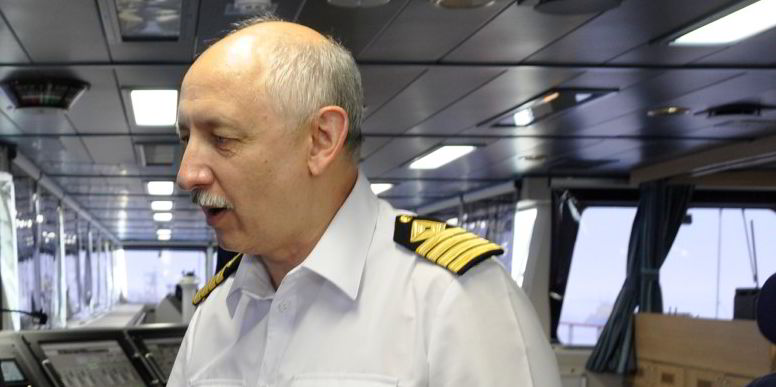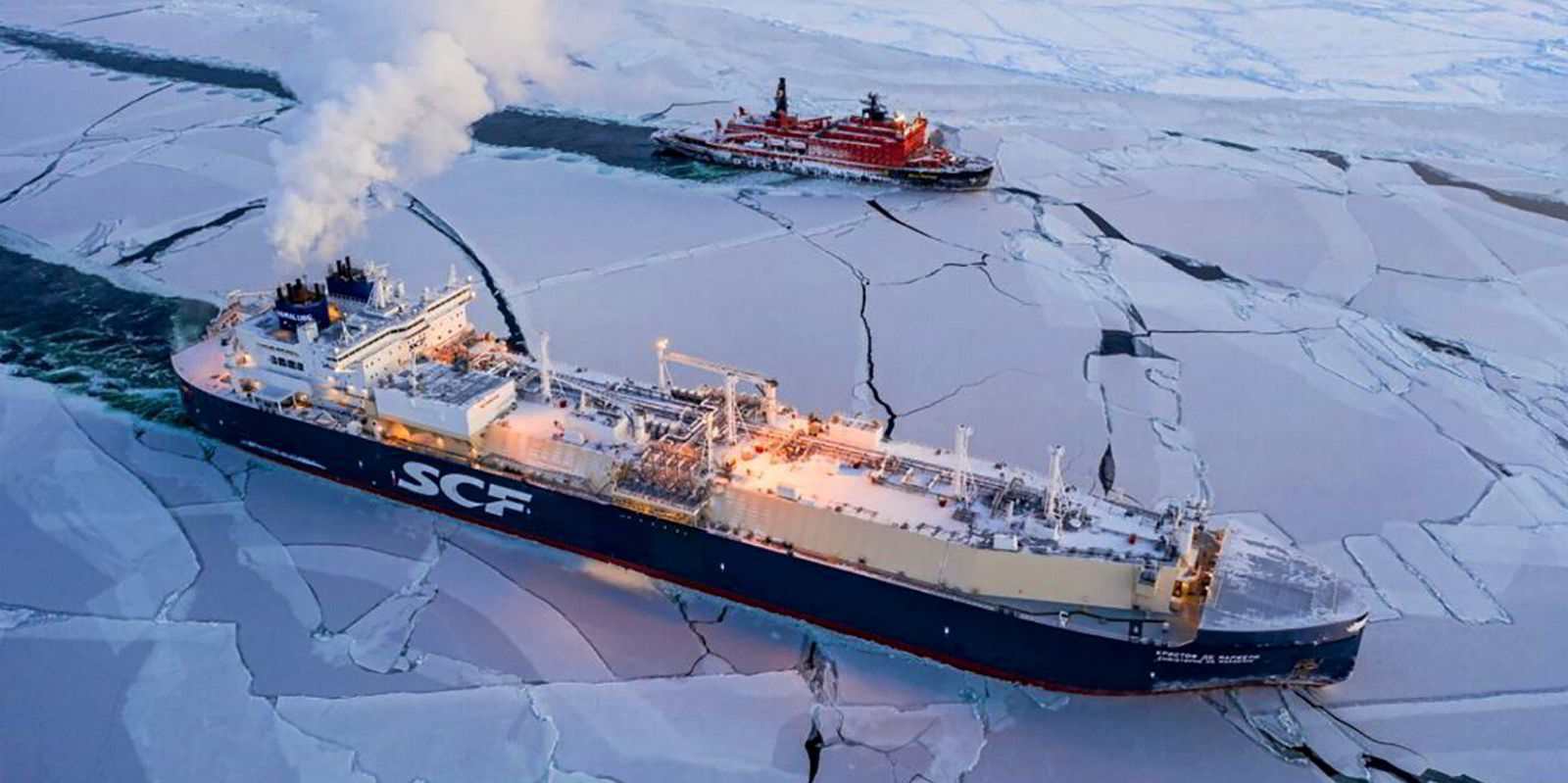Long-held plans by Russia to open up the Northern Sea Route for year-round navigation are due to kick off with a pilot programme in the new year.
Russia’s head of the Northern Sea Route General Administration (FSBI Glavsevmorput) Sergey Zybko — a former master on the Arc7 flagship the 174,200-cbm Christophe de Margerie (built 2017) — is quoted as saying: “Starting from January, gas carriers will move under ice breaker support, including during those months when they never sailed before — March, April and May. This will mean year-round navigation.”
The NSR operator is controlled by the Russian state atomic energy body Rosatom.
Russia has sent trial shipments east through the NSR in the January to February period in the last few years but these shipments usually stop in mid to late February due to ice build-up and resume again from May to June onwards.
In this period, when navigation proves difficult, shipments tend to move west and are transshipped from Russia’s specialised Arc7 ice-class LNG carrier fleet in European ports for onward movement.
But in 2024 Russia has a new not-so-secret LNG weapon in its arsenal.
During 2023, two giant LNG floating storage units, the 361,600-cbm Saam FSU and Koryak FSU, have been installed at either end of the NSR, in Ura Bay off Murmansk in the west and Bechevinskaya Bay on the eastern side of Russia’s Kamchatka Peninsula.
The intention is to ship cargoes through the NSR to these FSUs using the Arc7 fleet and use conventional LNG tonnage to transship volumes from the units for onward shipment.
During the last two years, data trackers have observed Russia moving LNG carriers in convoy through the NSR, sometimes with an ice breaker taking the lead and the Arc7 ships following, or in the summer months with ice-breaking Arc7 ships moving first with lower ice-class ships in their wake.
The country is due to launch its second Arctic-based liquefaction project either this month or early in the new year when it fires up the first production train of the 19.8 million tonne per annum Arctic LNG 2 project on the Gydan Peninsula.
Russia has long stated that it plans to open up the NSR on a year-round basis.
This year, a report published by the country’s Ministry of Transport on the “development of the Northern Sea Route” said passage through the Arctic waterway is to be “ensured” by 2025.
Russia is ploughing cash into improving infrastructure along the almost 3,000-nautical mile route and boosting its ice breaker fleet to increase freight through the passage to 80 million tonnes by 2025. In 2022, some 34m tonnes were shipped through the NSR.
Under its Project 22220, ice-breaker newbuildings are due to be delivered in 2024, 2026, 2028 and 2030, with a further four additions to the fleet being lined up this year.





